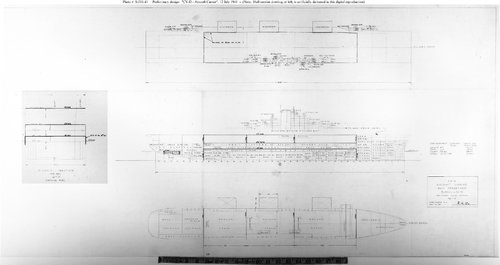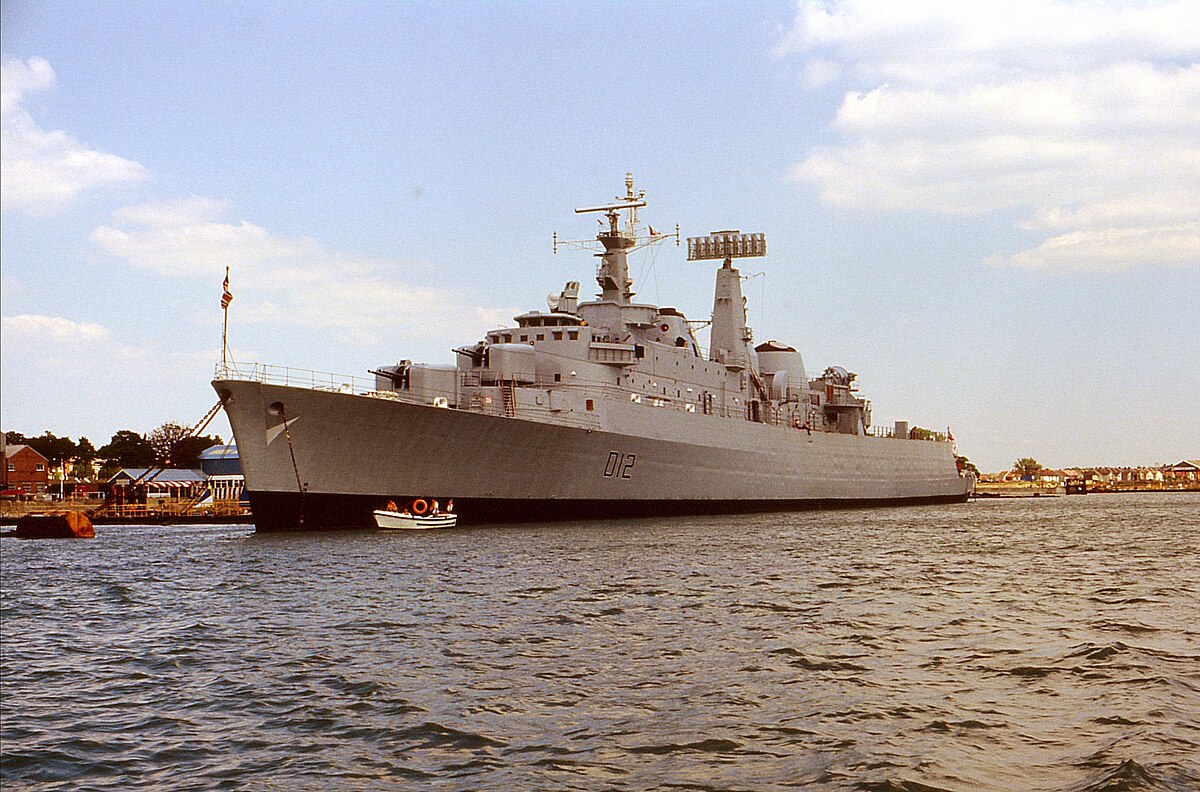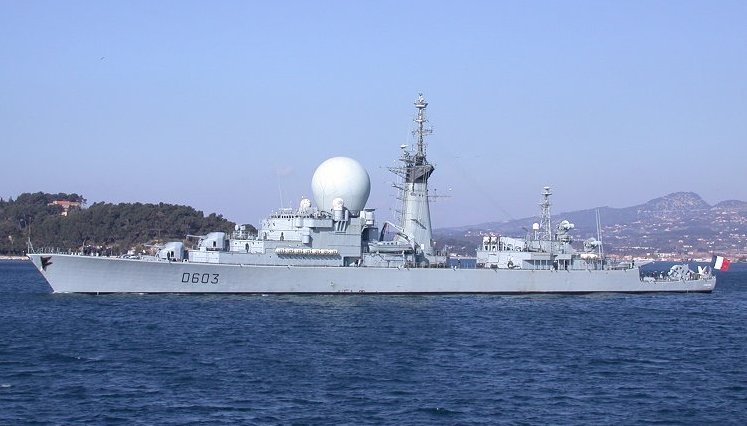Pre-1957 there was a distinct role split between strike (heavy) carriers (declared to SACLANT as part of the striking fleet) and trade protection carriers (light fleets). The overall fleet size, even for wartime mobilisation, was actually quite small with two strike carriers and four trade protection carriers pre-1952, when one of the trade protection carriers was given up. Trade protection went beyond ASW and included the ability to defeat surface raiders (Sverdlovs) and provide air defence, hence the presence of strike and fighter aircraft.
Given the small size of the authorised fleet and the relative youth of the ships in it, it can be hard to discern exactly what the logic behind the various 1950s carrier studies was. The big 1952 carrier studies are clearly for the strike carrier role (with Canberra size aircraft in their earliest incarnation) but this must make them replacements for, and not supplements to, Ark Royal and Eagle. My assumption is, based purely on speculation, that the June 1952 decision that no more reconstructions (at least to Standard A) would be attempted after Victorious didn't just apply to the Illustrious class ships but also to Ark Royal, Eagle, and all the light fleets aside from Hermes. Thus the 1952 carrier was conceived as a replacement for the unmodernised Ark Royal and Eagle, one might argue that the much more expensive and comprehensive reconstruction originally planned for Eagle in 1955 is evidence of this. The quiet demise of the 1952 carrier should be unsurprising, at the time the RN was waging a political war against Duncan Sandys (then as Minister of Supply) for the very survival of the heavy carrier fleet and the striking fleet role - asking for significant funds to build a new heavy carrier just as it was trying to save the existing ones and the Buccaneer programme, would have been foolish in the extreme. The aforementioned 1955, and subsequent actual, reconstruction to Standard A of Eagle suggests that the cancellation of the 1952 carrier resulted in a policy reversal on the no-reconstructions policy, at least for Eagle and Ark Royal.
The 1954 medium carrier designs are clearly a trade protection carrier replacement, e.g. for Bulwark, Albion and Centaur. This is confirmed by the programme for delivering Standard A carriers in 1954, dates are for planned service entry:
Victorious (1958)
Hermes (1959)
Eagle (1961)
New medium carrier (1963)
Ark Royal (1964)
Victorious is the crossover point between the heavy/strike and light/trade protection carriers, in some documents she is described as a heavy carrier yet elsewhere she is regarded as a "fast armoured Hermes", my interpretation is she was a heavy/strike carrier when Ark Royal or Eagle were out of commission but was generally considered as a trade protection vessel, giving the fleet of three that was set after 1952. It is not hard to imagine the above plan saw the envisioned second new medium carrier as a replacement for Victorious in the late 1960s with the latter then becoming the trials and training carrier, a role that was actually abandoned in 1957 (Warrior being the last ship so assigned, having replaced Bulwark). The medium versus light nomenclature may have been a belief that Hermes, with all her aluminium, exposed forward lift, smallish deck, limited defensive armament and 32 (versus 48 in Victorious) track CDS was not ideal, thats speculation based on the preference for the 35,000 ton design as described by various authors. Not to mention the 35,000 ton design has an air wing that get close to that being considered for the reconstructed Eagle. In effect, we might consider the medium carrier as the ideal trade protection carrier, as conceived by the RN in the early-mid 1950s, and the reconstructed Victorious as exhibiting many of the features desired from it.
At some point around 1956/1957 the split between the two carrier types becomes one simply of air-group composition, not of ship size. The composition of the WoS air wings agreed in 1957, 1 x strike, 1 x fighter, 3 x ASW, are evidently a trade protection configuration and not just ASW. I have never found, nor have I ever seen any published book or journal article reference a source for, the moment when this happened but it evidently did. The 1959 long term programme had three 45,000 ton carriers pencilled in for construction in the mid-60s to complete in early 1970s, essentially the earliest identified manifestation of the CVA01 programme. I would note that the 35,000 ton 1954 carrier design has the same three shaft 135,000 shp propulsion configuration as was ultimately used on the much larger CVA01 design.



